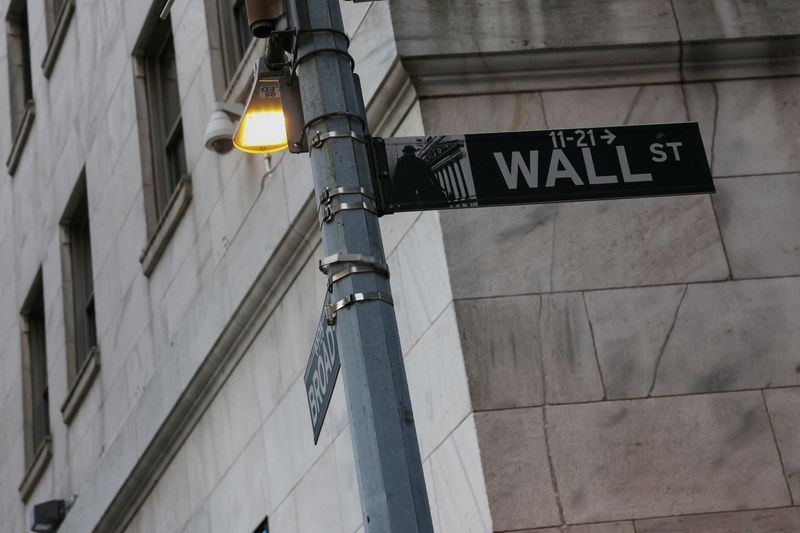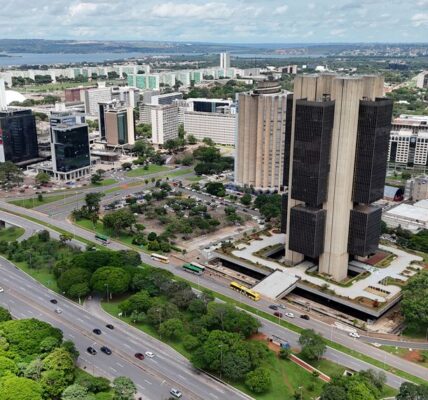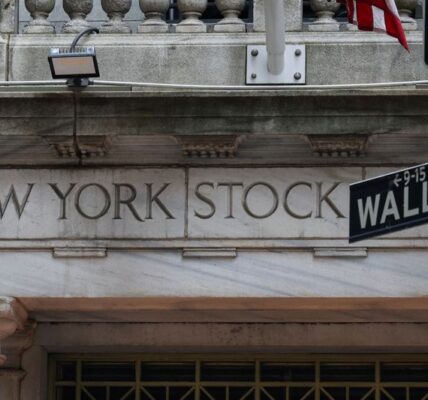Wall Street’s main indexes fell hard again on Thursday on concerns over the impact of high tariffs on the global economy, marking a U-turn from the previous session’s historic share gains when U.S. President Donald Trump moved to temporarily lower the levies on some countries.
The renewed selling came a day after the new levies took effect on most trading partners before Trump announced a 90-day pause on many of the reciprocal tariffs, while raising them to 125% on Chinese imports from 104%. That catapulted the S&P 500 to its biggest single-day percentage gain since 2008, while the Nasdaq posted its biggest one-day jump since 2001. The two indexes were down 6% and 6.7% respectively shortly after noon on Thursday.
COMMENTS:
ADAM HETTS, GLOBAL HEAD OF MULTI-ASSET, JANUS HENDERSON, DENVER
“We’re still left with this other scenario, which is still not a good scenario of the 10% baseline, the tariffs on autos, aggressive counter tariffs and trade war-style escalation with China and Europe.”
“So this still gets back to the bear case and sort of the recessionary case. And we still think it’s a sell off base case. This has gone from a disorderly sell-off to hopefully back to more of an orderly sell-off because recession risk is much, much higher now than it was a couple weeks ago.”
ART HOGAN, CHIEF MARKET STRATEGIST, B RILEY WEALTH, NEW YORK
“The overall level of tariffs is still higher than what was originally announced and there was an addition to that this morning and that’s about when the markets turned a bit. So the realization is that while we got some good news yesterday, we still have to live in a world where there’s new uncertainty and the tariffs on China now total 145%. “While yesterday seemed to be a significant rally in the face of good news in terms of the potential for negotiations, the bad news is the trade war with China continues to escalate. And that’s what’s trying to be priced in by market participants today.”
MARC CHANDLER, CHIEF MARKET STRATEGIST, BANNOCKBURN GLOBAL FOREX, NEW YORK
“Seeing the world as a zero-sum game is not very helpful. I don’t see this as a zero sum but that’s what the administration is pushing.”
“The uncertainties that loom have a real cooling element.”
“The market requires a higher U.S. interest rate premium to stay long dollars… The dollar is going to require higher premium in order to keep the dollar firm.”
SAMEER SAMANA, HEAD OF GLOBAL EQUITIES AND REAL ASSETS, WELLS FARGO INVESTMENT INSTITUTE, CHARLOTTE, NORTH CAROLINA
“It’s not surprising for two reasons. One, yesterday was a big up day and for anybody who was looking for … a chance to sell something that maybe they wish they had sold at the lows of the bear market, they probably are now selling. They probably sold yesterday and they’re probably selling today. And I think it just shows you how many people are thinking, we’re just not sure what is going to happen next, so we’re going to just take the money and run, with respect to the huge pop we saw yesterday.”
“And then the second part of it, which is somewhat related, is, I don’t know what happens next, right? Do we do this whole thing in 90 days?”
“They say they want to make deals, but what if the other side isn’t offering exactly what they would like? Do we do it all again in three months? So I think it’s that uncertainty that continues to just weigh on markets.”
“I think there are people going, ‘Look, I’m going to kind of move to the sidelines and come back when the landscape is a little cleaner.’ “
Please like, comment, and share this article if you found it helpful and
informative.
For more news check out Big Town Bulletin News
For more from Big Town Bulletin check out Big Town Bulletin




